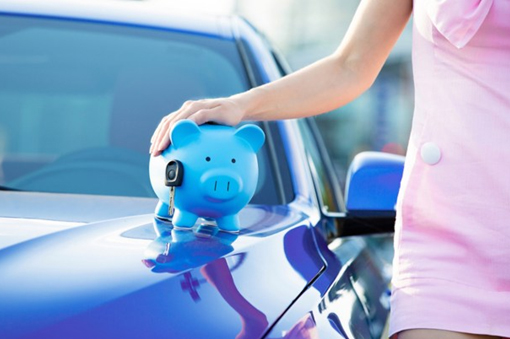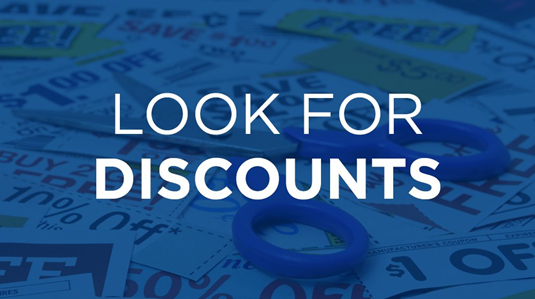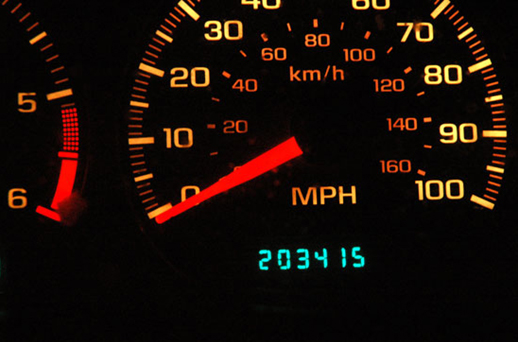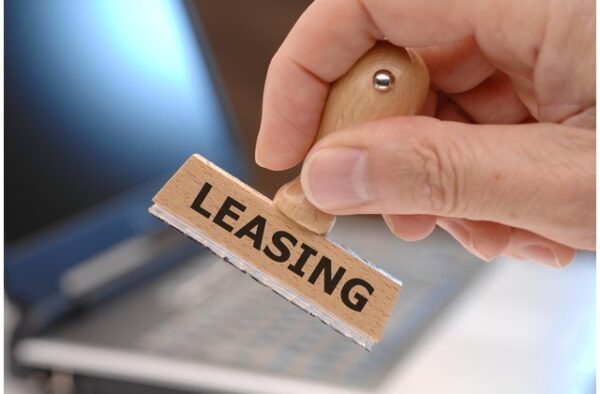
7 Things to Understand Before Leasing a Car
Unlike owning a car, leasing a car lets you drive a new vehicle for a period that lasts up to two or four years—and for a monthly payment that’s generally lower than a finance payment.
Once your car lease is over, you might have different options depending on your lease agreement. Either you can return the car or purchase it. No wonder why leasing a car has become a common option.
While leasing a car is not rocket science, you are still required to be familiar with the ins and outs of car leasing. It will save you time, hassles, and money down the road. For example, do you know when the time is right to lease a car or how to save on your car leasing? Most people are not aware of the mileage count.
Therefore, it is important to know what to do when leasing a car.
Understand the Leasing Terminology:
You are likely to encounter several leasing terms while leasing a vehicle. Although they are jargon or industry words, it is important to understand some of them. For example:
- Lessor/Lessee: A lessor is the owner of the car or asset that is going to be leased. The lessee is the one who is taking it on the lease. So you are a lessee who is leasing the vehicle.
- Residual Value: When your lease starts, your lessor will determine a future value for the car, which is also termed as the residual value. Your monthly payment will be based on this value. In other words, the residual value is the estimated value of a fixed asset at the end of its lease term. The higher the residual value, the lesser is depreciation during the lease.
- Rent Charge: This is the key cost of leasing cars and paid each month apart from your car depreciation.
- Disposition Fee: If you return the car once the lease is over, you might have to pay for the cleaning, storage fees, and other costs so that the lessor can prepare to sell the car.
Do Your Homework on the Dealership:
Don’t just get into any dealership. Instead, do your research on their services, models, and prices. The easiest way to do that is by paying attention to any bad reviews talking about how the consumers felt they were treated badly or provided poor models. You can also talk with their sales department over the phone to see how they treat you. If you don’t feel easy with them, you can go directly into the dealership to see their quality of interacting with customers.
And be ready to walk away if you are not able to find the right model at the right prices.

Bring Someone With You:
You can bring in someone with you to feel good and confident while going through the overwhelming leasing process. However, avoid going if you feel stressed, tired, hungry, or in a hurry. This can affect your ability of making the right decision. Besides, it’s a wise and nice idea to bring your friend or family member so that they guide you when you feel confused amid the salesman’s offers.
Consider Buying Gap Insurance:
Make sure to opt for gap insurance. The gap is termed to the difference in what you still own on your lease and the value of the care.
For example, your contract allows you to buy the car for $20,000 at the end of the lease. This is the residual value of a vehicle. If your car has lost the value due to damages before the lease expires, the insurance company will determine the market value of the vehicle and pay that amount to the lessor or the dealer.
Let’s see how it works.
So you have the car that’s market value is worth $20,000 when the lease is over. Right? But the insurance company says that it is not more than $10,000. It simply means that you have to pay $ 10,000 out of your pocket unless you have gap insurance.
Therefore, make sure to ask the dealer if the contract will allow for gap insurance coverage. If it doesn’t you need to opt for it separately.

Look for Discounts:
Discounts are often available at auto dealers, generally, on the models, they want off the stock or on used cars. You need to look for discounted lease deals but be careful for hidden costs that if often buried in the fine print of the contract.

Try to Negotiate:
See if you can negotiate the mileage, the price of the vehicle, and the interest rate while leasing a car. Negotiation can lower prices. The old rule says that you should shop multiple dealerships to get compare prices and deals on the car you want to lease. You can shop your best offer around to see if the dealers can accept it.
Ask about Mileage:
Every leased car has a set mileage limitation. If you exceed those mileage limits, you will be asked to pay the cost per mile driven. Therefore, you should drive the car under those mileage limits to avoid paying extra.
Generally, a leasing contract allows you to drive the car up to 10,000-15,000 miles. If you go over the limit, you could be charged up to 30 cents per over the limit mile when the lease is over. If you exceed the restricted mileage limit by 6,000 miles, you could have to pay $ 1,800 (6000x.30 cents) on a car when the lease is over.
Therefore, know your driving habits before leasing a vehicle. If you are like to drive on long routes that might exceed the limit, ask for a higher mileage limit—but that might raise your monthly payment.
In this scenario, you can pay extra each month to avoid being ending up with a big fee at the end of the lease.
So you must have understood how to lease a car. What do you think? Let us know by commenting below!


